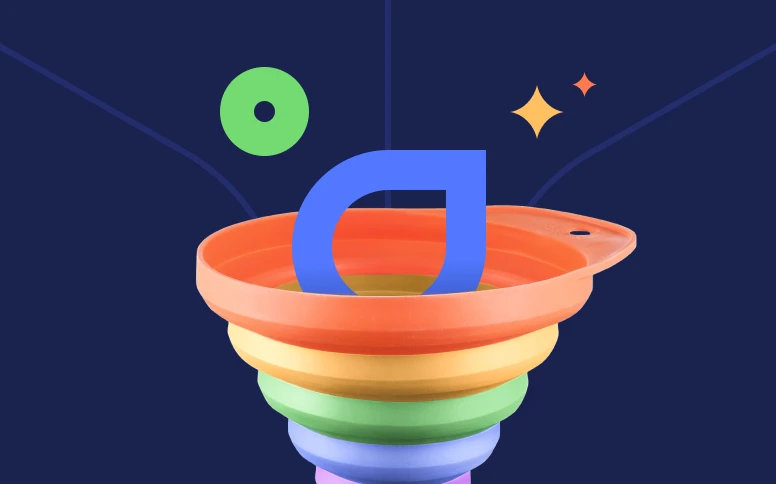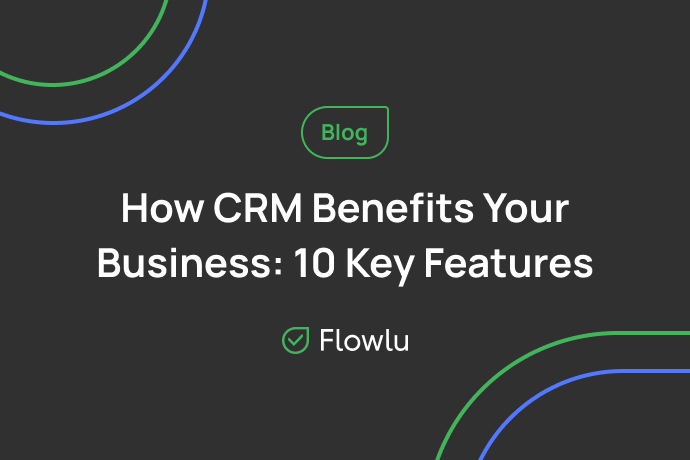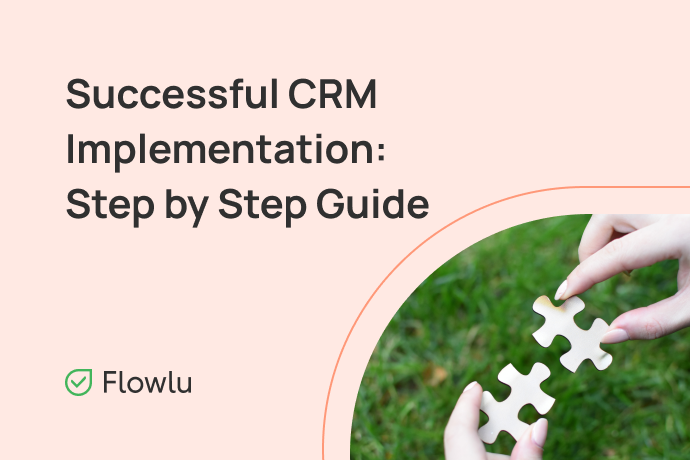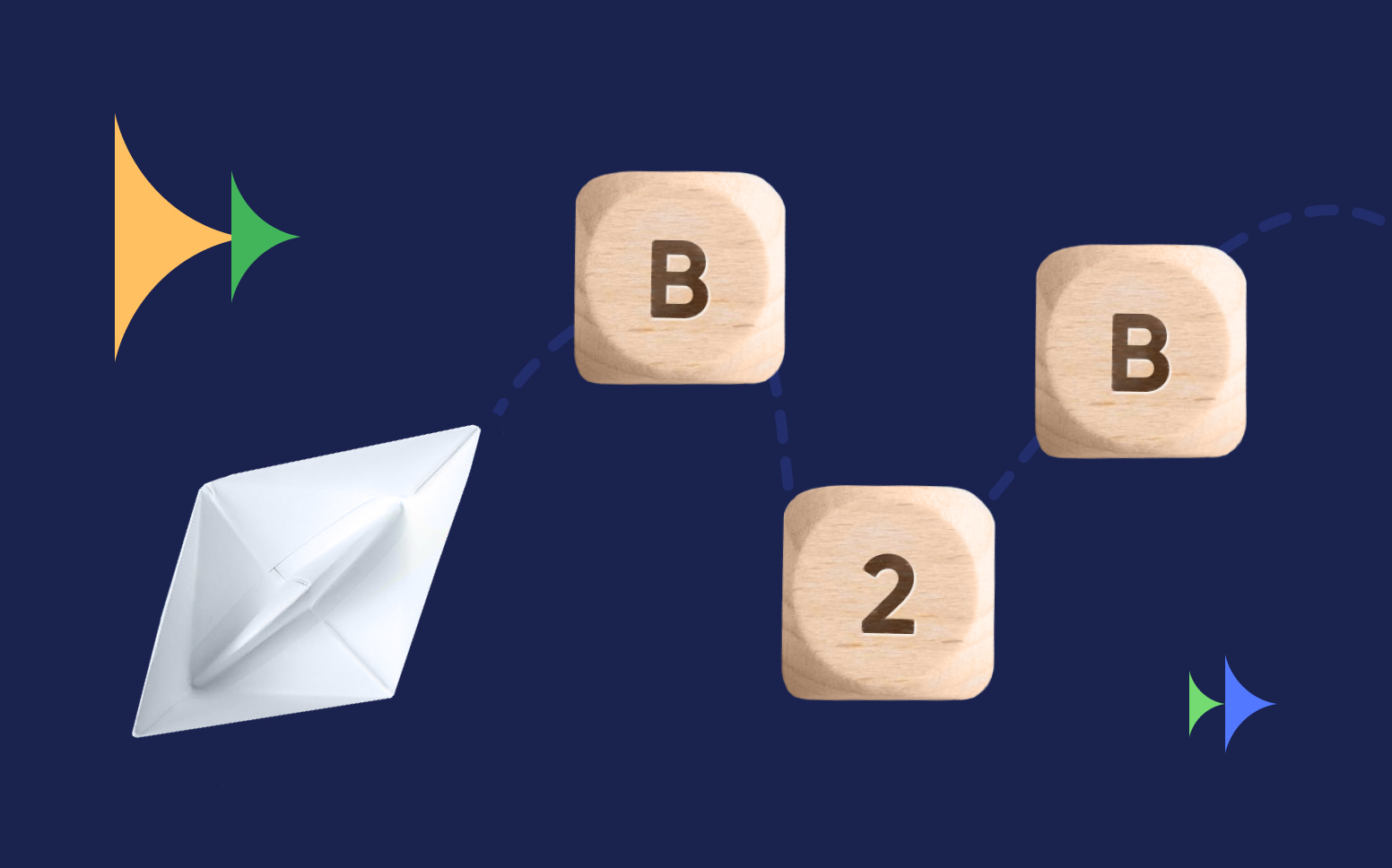The Ultimate Guide to Effective Sales Funnel: Principles and Best Practices
As a rule, there are several steps between the customer’s first contact with you and the actual sale. If these steps are properly arranged, this will stimulate high conversion from prospects to buyers. To achieve success, you need to be able to predict your customer’s behavior, their needs, and most importantly, properly guide them on their decision-making journey.
What is a Sales Funnel?
The sales funnel lets you illustrate the customer acquisition process, build a relationship with the client, and get him interested in your product or service. It’s a visual representation of the path from your potential customer’s first contact until a finished purchase. Sales funnel helps teams to track, analyze, and revise the stages at which prospects decide not to proceed with your product.
Sales Funnel vs. Sales Pipeline
If you’ve been using these two terms as synonyms, do not skip the next two paragraphs. A sales pipeline is a series of stages that a potential buyer goes through towards becoming your client. It illustrates the actions your sales team takes, like to make a call, send a proposal, give a presentation, etc.
The sales funnel reflects the number and conversion rates of potential buyers through your pipeline stages. It’s called a “funnel” because of its shape — its top is wider as it indicates the entry of potential customers through the funnel and gets narrowed down at the bottom. With a sales funnel, you can easily learn how to refine your sales process and boost team’s efficiency.
Key Principles
If you want your sales funnel to be effective, it must meet several principles, which we will discuss below.
1. Keep your funnel short and transparent
The movement towards purchase is reflected by the AIDA model: Awareness, Interest, Desire, Action. It is important to consider the peculiarities of these stages in order to guide and impact consumer behavior.
For example, at the Awareness stage, your prospects get acquainted with your product for the first time. You can launch a landing page or an advertisement to create brand awareness with your product or service. Once he goes to the Interest stage, you need to encourage your potential customer to learn more about your product by providing its benefits and ensuring that your solution solves his problems.
At the Desire stage, salespeople can send a customer success story or case study video to create an emotional bond. And finally, at the last stage of finalizing a purchase, you can suggest a free trial of your product, training or a promo code to speed up the purchase.
Standardizing a sales funnel is a challenging task. Each company and business has its own peculiarities, so the funnel should be built individually, taking into account the unique characteristics of processes and product.
Before you start implementing and building your sales funnel, map out the customer’s journey from making a decision to buying your products or services. Many factors can influence the movement through the funnel. For example, the customer may not enjoy the communication mode you provide, website responsiveness, the speed of your sales reps’ response to his request and their professional behavior. It is also worth bearing in mind that the transition from stage to stage should be accompanied by a clear action.
The number of stages can vary depending on the business needs. In the ideal world, the sales funnel would have a rectangle shape if everyone who interacted with your product for the first time completed the purchase.
At any of the stages, the customer can reject your product or move back, for example, looking for alternatives. And this is where the sales rep’s main job is to successfully guide the customer through the funnel until the opportunity is won. The longer the funnel, the more likely the prospects will change their mind before making a purchase.
Therefore, the funnel should be short, but include all the major decision-making points. By implementing a long funnel to purchase, you risk losing more customers at each stage than you would if you reduced the number of steps.
2. Keep your data organized and structured
To ensure that customer data and orders are not lost along the his journey down the funnel, use a CRM solution to store all the important information on the potential buyers as well as track the sales team’s activities.
Your sales reps will be able to visually see the number of opportunities in progress and indicate the status of each opportunity in a breeze. And sales leaders can analyze the quality of the salespeople performance by opening the history of emails and calls for any opportunity.
By the way, in Flowlu, you can automatically create opportunities from submitted website forms, received emails, or incoming calls. All these prospects will go straight into your sales funnel to the first stage. Then, you can set up automation for each of the stages.
For instance, once an opportunity moves to another stage, you can send notifications to specific people, automatically schedule events (call, email or an appointment), publish comments, assign tasks, send a welcome-email and more. This significantly saves sales reps time and improves the quality of services by ensuring a high speed of response.
You can also configure sales funnel automation in the CRM to change opportunity stages. Make use of Flowlu to eliminate routine work and boost lead nurturing with automatic follow-ups and reminders.
When you have all the information on the client in one place, including invoices, estimates, bulk SMS platform, tasks and events, then even if the assigned sales rep changes, you will not lose any information on the work done. So you will be able to easily pass it to another responsible person, guiding your potential client through the sales funnel without interruptions.
You can also add sales scripts, knowledge base articles, and checklists for employees working on an opportunity for each stage of the funnel. It will help to structure the sales processes and quickly put new sales reps into operation.
3. Analyze results regularly
In order to make the sales funnel work effectively, it is imperative to easily detect its bottlenecks and to fix them in time. This will help to increase the number of opportunities passed to the next stage. With reports, you can track why you lose customers and adjust your strategy.
In Flowlu, with the sales funnel reports, you can visually see at which stage the largest number of potential customers leave. This allows you to analyze specific stages where the funnel doesn’t work well and what you can improve to increase the conversion rate. And reports also help you monitor the performance of sales reps and consider the productivity of employees when giving bonuses.
Flowlu reports show the conversion into sales for a particular funnel, the potential amount that can be earned (from all active opportunities), the amount of won opportunities, and all actions taken — calls, emails, etc. on won opportunities, sorted by sales reps. Using the report, you can filter data by users, funnel, source, budget and other.
Best Practices
- Don’t add vague stages to the funnel (e.g., “Customer’s Thinking,” “Paused”) so that sales reps don’t keep ambiguous opportunities. It’s more effective to close the opportunity and get it back to work when the client contacts the company again. Or introduce special tags for such opportunities, such as “on pause”.
- Determine how much time can be spent on each stage and the allowable number of presentations/calls put forward. This is necessary for the effective allocation of sales reps’ time. After all, some customers may not make a decision and get stuck at some stage for a long period of time — from six months. While sales reps will still be wasting time on repeat calls.
- To work effectively, update the sales scripts regularly and supplement the knowledge base based on the data you receive daily. Use reports to determine where most customers leave and use that information to upgrade your team’s skills.
Wrap Up
The sales funnel is a marketing tool that, if approached correctly, will drive profit growth of your business, converting leads into repeat purchases. Build sales funnels to fit the specifics of your buying process, considering the number of actions required and analyzing the results to increase conversion into won opportunities.
The sales funnel may be transformed over time by changes occurring in your business. For example, you hired more employees and put more emphasis on calling customers. But the basic principles of its structure will remain the same. Apply them and implement best practices for effective sales funnels with Flowlu. And if you don’t have an account yet, you can try sales funnel management in CRM free-of-charge for 14 days! No credit card required.
A sales funnel is a process that businesses use to guide potential customers through the steps of the buying process. The sales funnel typically consists of the following stages:
- Awareness: This is the stage where potential customers are first introduced to your product or service.
- Interest: This is the stage where potential customers are learning more about your product or service and considering whether or not it is a good fit for them.
- Desire: This is the stage where potential customers are convinced that your product or service is the right solution for their needs.
- Action: This is the stage where potential customers purchase your product or service.
There are a number of principles that can help you create an effective sales funnel. These principles include:
- Clarity: Your sales funnel should be clear and easy to understand for potential customers.
- Consistency: Your sales funnel should be consistent with your brand and messaging.
- Personalization: Your sales funnel should be personalized to the needs of potential customers.
- Measurability: Your sales funnel should be measurable so you can track your results and make improvements.
Here are some best practices for creating an effective sales funnel:
- Start with a clear understanding of your target audience. Who are you trying to reach with your sales funnel? What are their needs and wants?
- Create a compelling offer. What is the benefit of your product or service? Why should potential customers choose you over the competition?
- Use a variety of marketing channels to reach your target audience. Don't rely on just one channel to drive traffic to your sales funnel. Use a variety of channels, such as email, social media, and paid advertising.
- Track your results and make improvements. Once you have created your sales funnel, track your results and make improvements as needed. This will help you ensure that your funnel is effective and that you are getting the most out of your marketing efforts.
Here are some common mistakes that businesses make when creating a sales funnel:
- Not having a clear understanding of their target audience.
- Not creating a compelling offer.
- Not using a variety of marketing channels to reach their target audience.
- Not tracking their results and making improvements.











